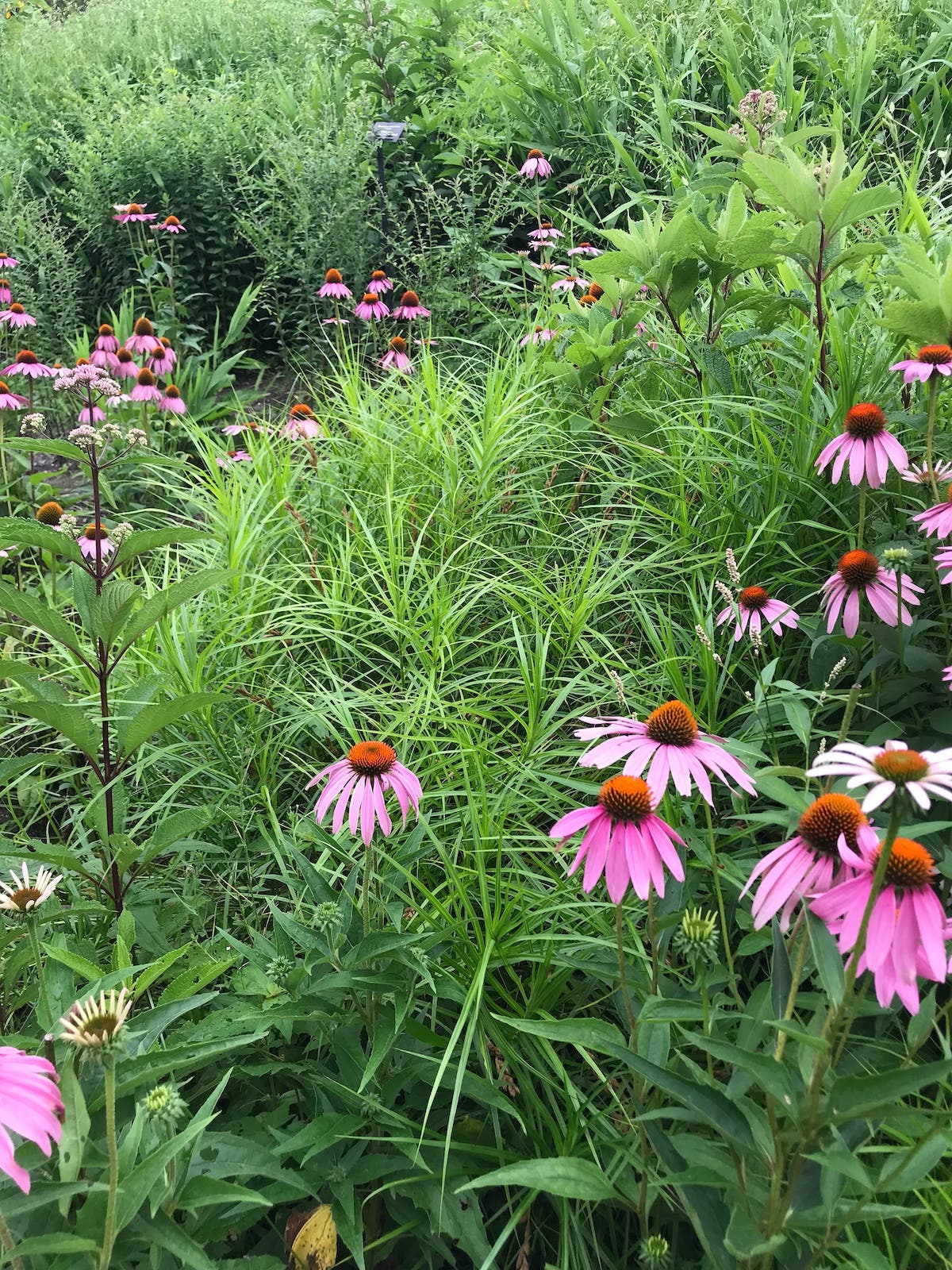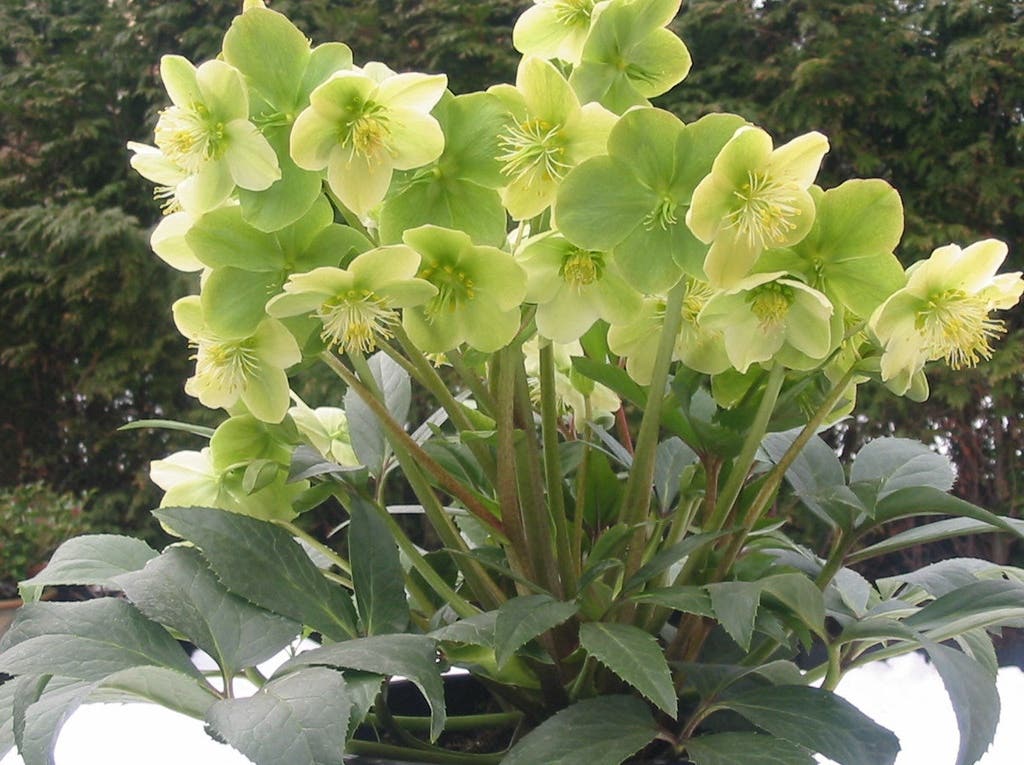Growing Vegetables as Houseplants
Amid all the chaos in The House Plant Expert, I zeroed in on FOOD PLANTS . . . I suppose this page caught my eye because of all the buzz lately about more people getting into vegetable gardening. Or was it because I’d just been to the grocery store?
Last night I spent some time flipping through one of my favorite houseplant books, The House Plant Expert by D. G. Hessayon.
I love this book for a couple reasons. First of all, it covers every aspect of houseplant care, clearly and thoroughly. Just about any plant you can imagine growing indoors is profiled in this book. There are tips and techniques galore.
Secondly I get a kick out of the design of the book. It’s kind of kooky. Every page is literally packed with words and a combo of photos and illustrations, plus charts and graphs on some pages, and lots of arrows pointing this way and that, and many words in all capitals or boldface. There’s a surprising dearth of exclamation marks, though. I imagine the style was cutting edge when the book was first published in 1960. It’s way too cluttered for today’s clean look, but I find it endearing and oddly comfortable.
Anyway, amid all the chaos in The House Plant Expert last night, I zeroed in on FOOD PLANTS. (Maybe that’s the best part of this book—no matter how many times you’ve picked it up, you’ll always find a page you didn’t see before.) I suppose this page caught my eye because of all the buzz lately about more people getting into vegetable gardening. Or was it because I’d just been to the grocery store?
Well either way my interest was piqued. I myself am planning to jump on the veggie bandwagon—AKA the turnip truck—this spring. We’re also pumping up our veg coverage in Horticulture, building on the “Fresh Picked” articles we’ve been running for the past few years.
My personal agriculture initiatives will be contained to, um, containers, since I’m currently in an apartment. With an excellent south-facing balcony, thank gourd. All the FOOD PLANTS Hessayon recommends for indoor growth are potted (duh), so these pages helped narrow my list to tomatoes (the obvious choice); cucumbers (train the vines up a stake); eggplants and peppers; strawberries; and many types of herbs.
He also suggests okra, kumquat, mushrooms and peanuts, which I’m ruling out for various reasons. Though maybe “manufacture your own peanut butter” is the next big thing.
I’ll wait for spring and grow my FOOD PLANTS outdoors, but if you’re ambitious enough to try the above as houseplants, let me know how it goes. Hessayon notes they need a lot of light, water, food and humidity. Watch out for white fly and stock up on Q-Tips, as you’ve landed the role of Bee.







